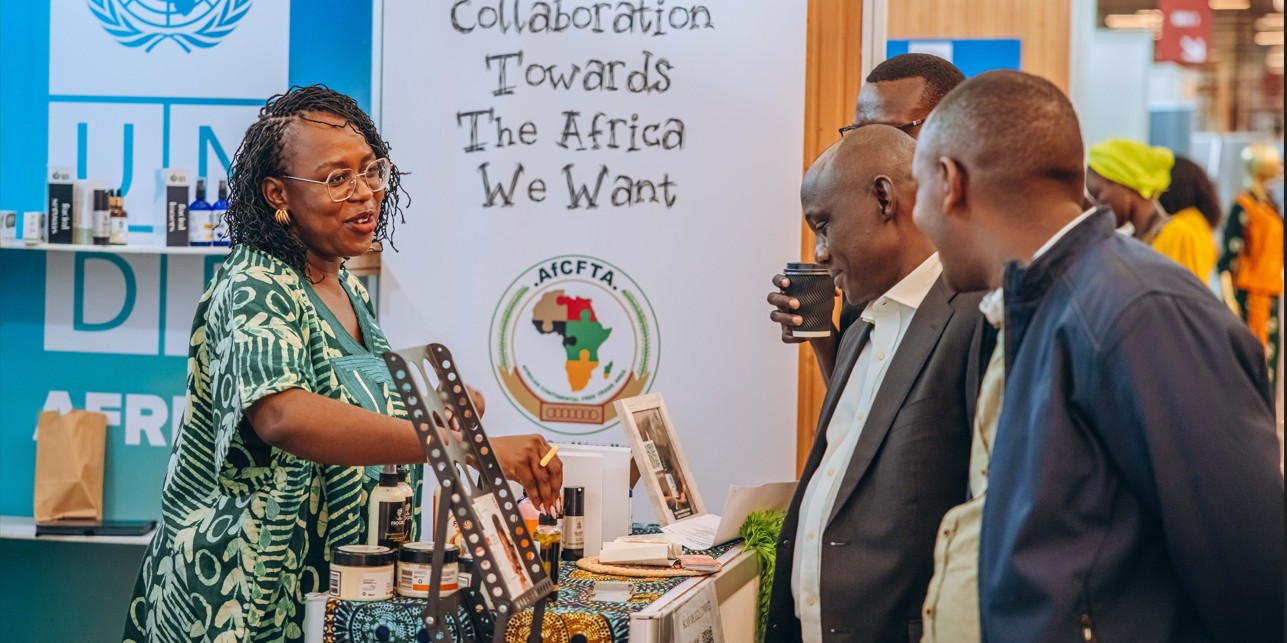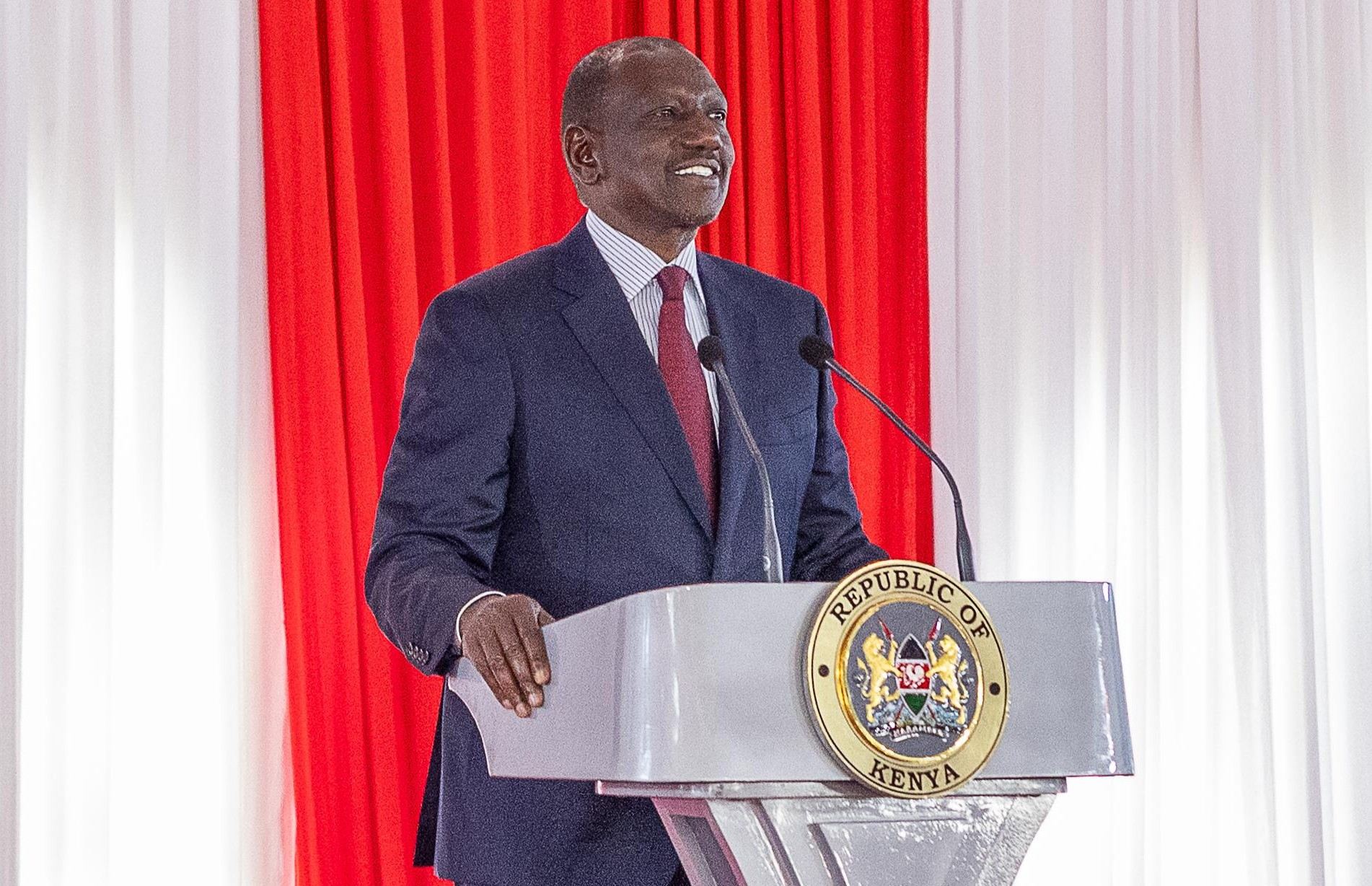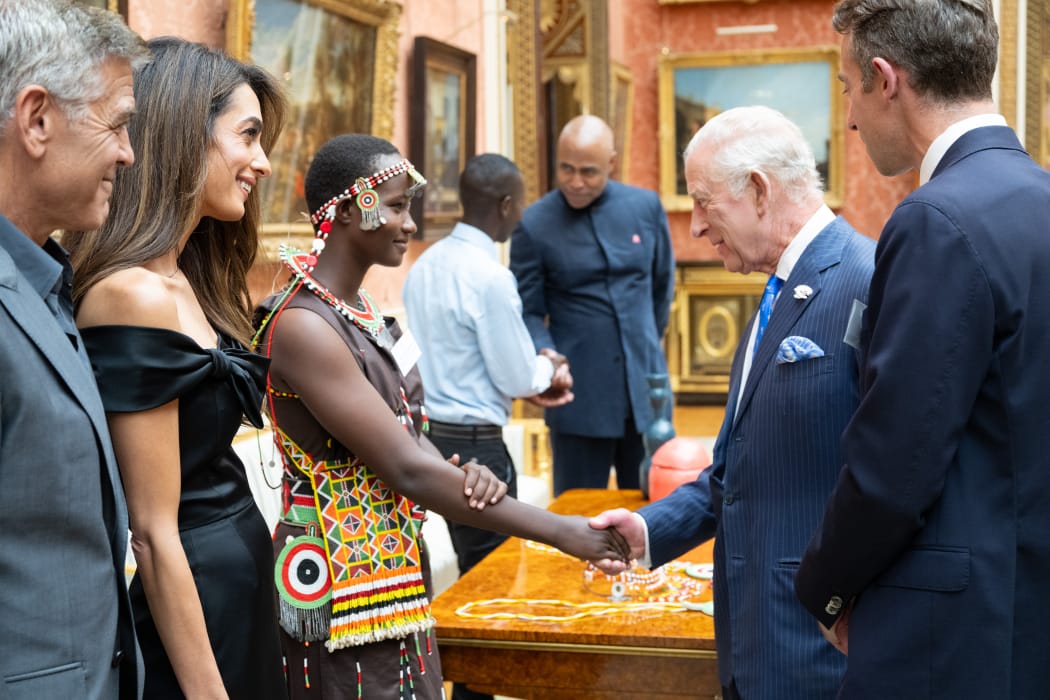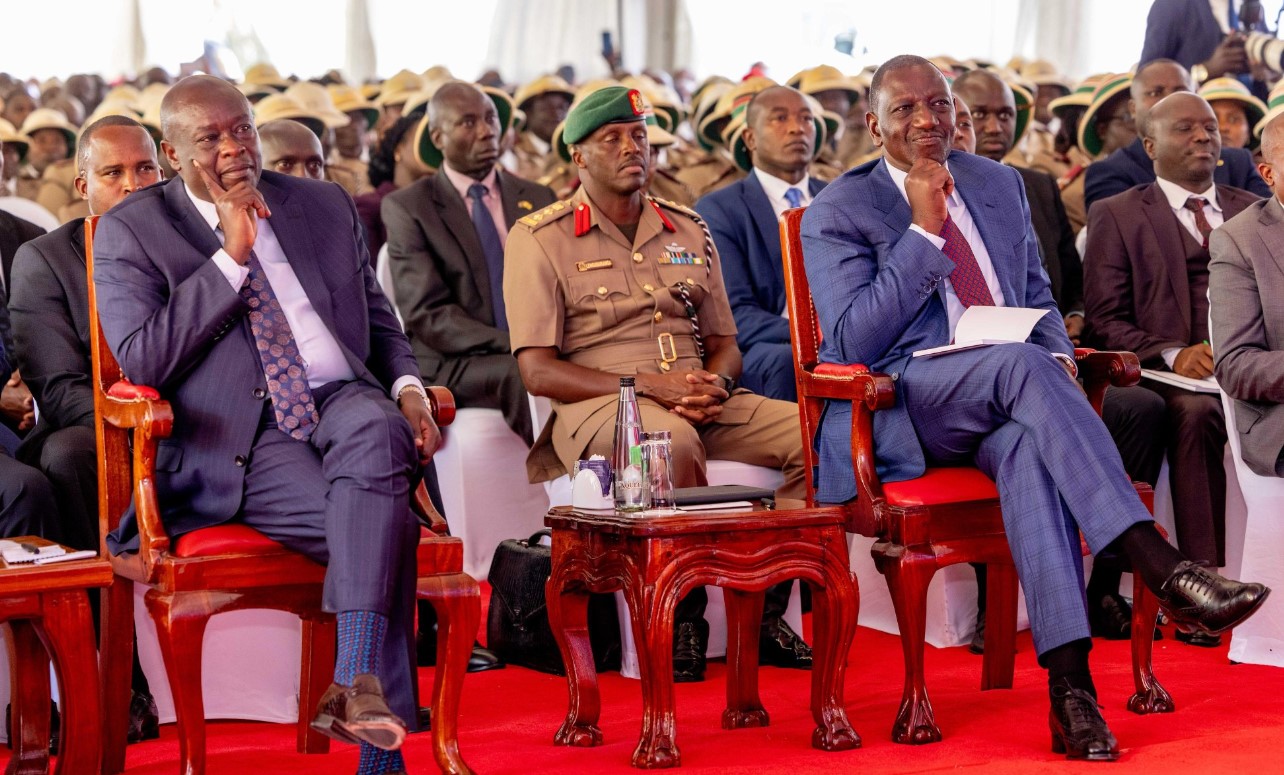Southern Africa tops continental trade rankings, outshining East Africa in intra-regional commerce

East Africa ranks third, with a trade share of 63.6 per cent, just behind West Africa in second place at 66.3 per cent.
Southern Africa has taken the lead as Africa’s top-performing region in both intra- and inter-regional trade, surpassing the traditionally strong East Africa, according to a new report.
Dubbed the African Trade Heatmaps by the regional lender Afreximbank, the report ranks Southern Africa top with the highest share of intra-regional trade of 81.4 per cent.
“This figure reflects the region's advanced trade infrastructure, diversified economy, and strong regional economic cooperation, particularly within the Southern African Development Community (SADC),” the report reads.
East Africa ranks third, with a trade share of 63.6 per cent, just behind West Africa in second place at 66.3 per cent.
North Africa trails with a 49.4 per cent share.
“In contrast, Central Africa registers the lowest rate of intra-regional trade at 14.2 per cent.”
The report offers a visualisation of the trade patterns based on 2023–2024 data.
In terms of trade with global partners, South Africa, Nigeria, Egypt, Algeria, and Morocco top the charts in trade activity.
The lender says these nations are pivotal trade engines, maintaining robust ties with global partners such as China, India, the US, France, and Belgium.
China
Notably, China continues to dominate as Africa’s largest single-country trade partner.
While leading economies thrive, the report also highlights stark disparities across the continent.
It notes that smaller and landlocked nations, including Burundi, Comoros, and São Tomé and Príncipe, fall into the lowest quintiles of trade performance.
These countries face structural barriers such as poor infrastructure, limited industrial capacity, and geographical isolation, according to the lender.
Deepening integration
Nevertheless, the report highlights encouraging signs of deepening integration within Africa’s main regional blocs.
“The heatmaps reveal promising developments within regional blocs like ECOWAS, COMESA, and SADC. These blocs are showing increasing internal trade linkages, paving the way for greater success under the African Continental Free Trade Area (AfCFTA).”
The report says regional specialisation continues to shape Africa’s trade patterns.
North Africa stands out in manufactured goods exports, highlighting its industrial strength and geographic proximity to Europe.
In contrast, agricultural exports remain dominant in West and East Africa, underscoring their dependence on primary commodities.
Generally, the export heatmap indicates that African exports are dominated by commodities.
“Agricultural products and fuels, and mining products are the leading components of the export baskets of most countries,” the report reads.
High-tech sectors
In contrast, high-tech sectors such as machinery, chemicals, telecommunications, and electronics represent a minimal portion, typically accounting for less than five per cent of exports in most nations.
Conversely, the import heatmap shows African countries exhibit a strong reliance on industrial and manufactured products.
For instance, machinery and transport equipment are predominant in the continent’s imports.
“This suggests that African economies are still heavily dependent on foreign sources for infrastructure development, capital goods, and industrial machinery, weighing on the continent’s balance-of-payments.
However, the AfCFTA provides opportunities for African countries to accelerate the process of manufacturing and industrialisation and add value to a variety of sectors, the report adds.
Top Stories Today
Reader Comments
Trending












































